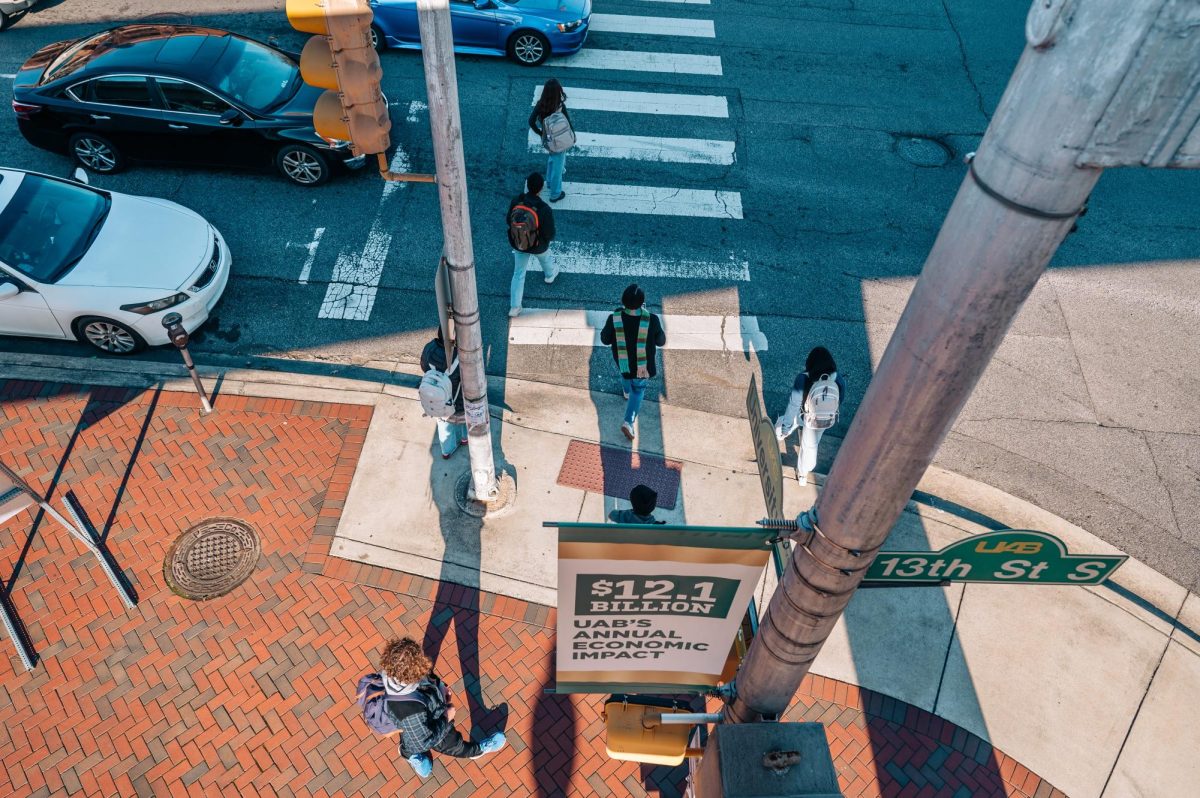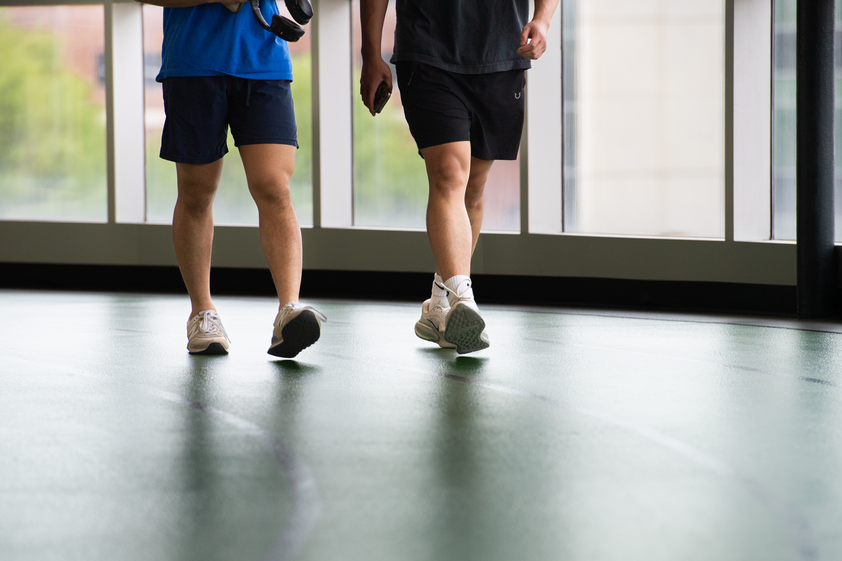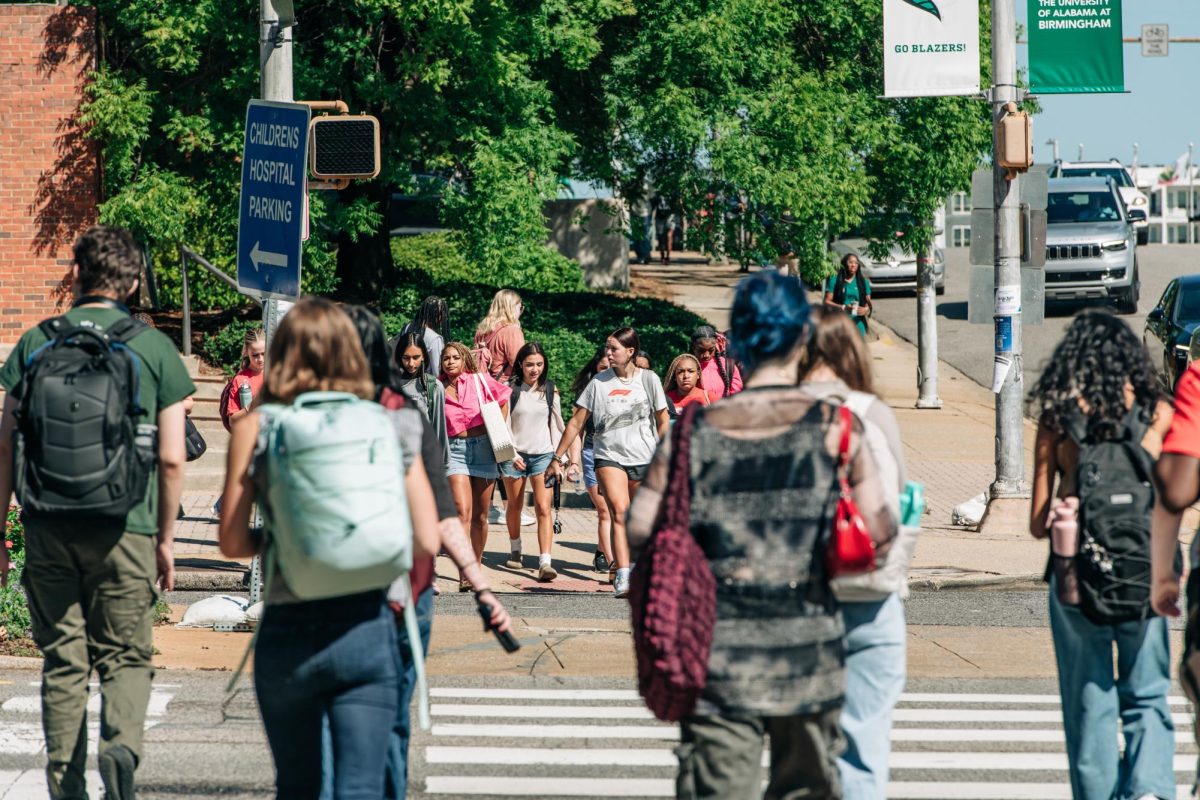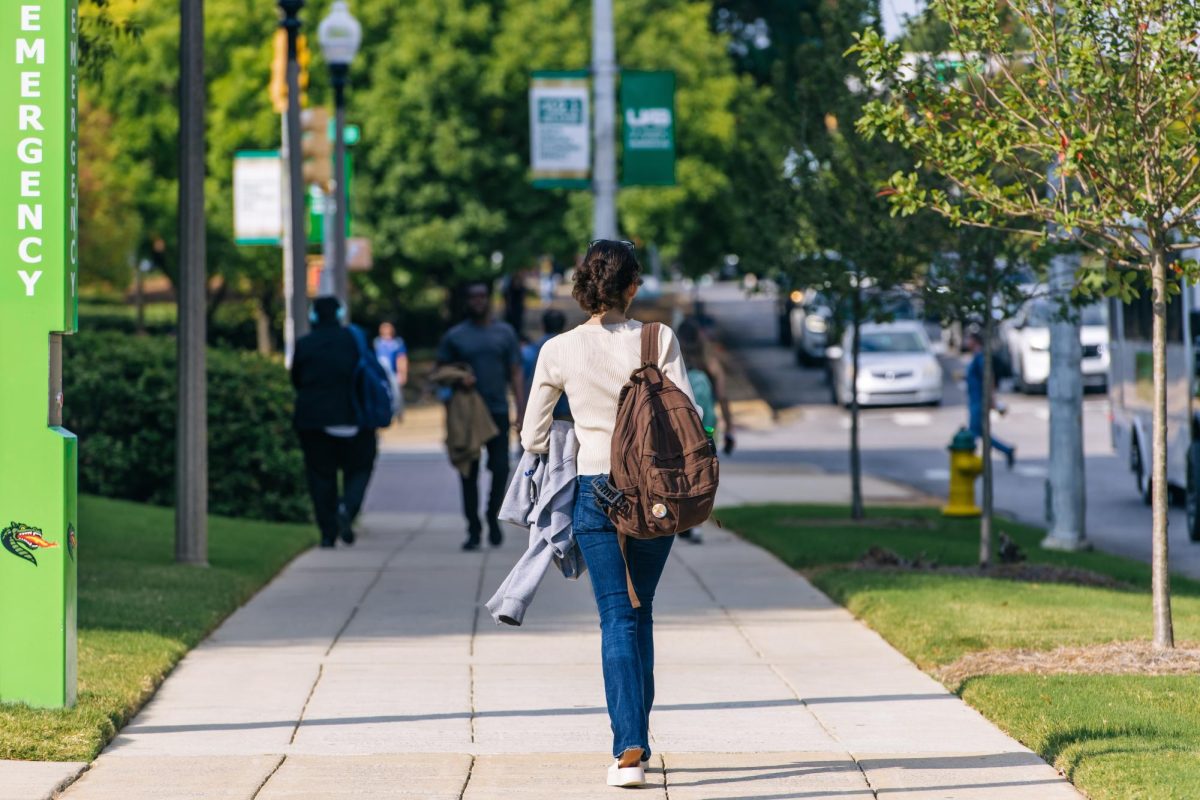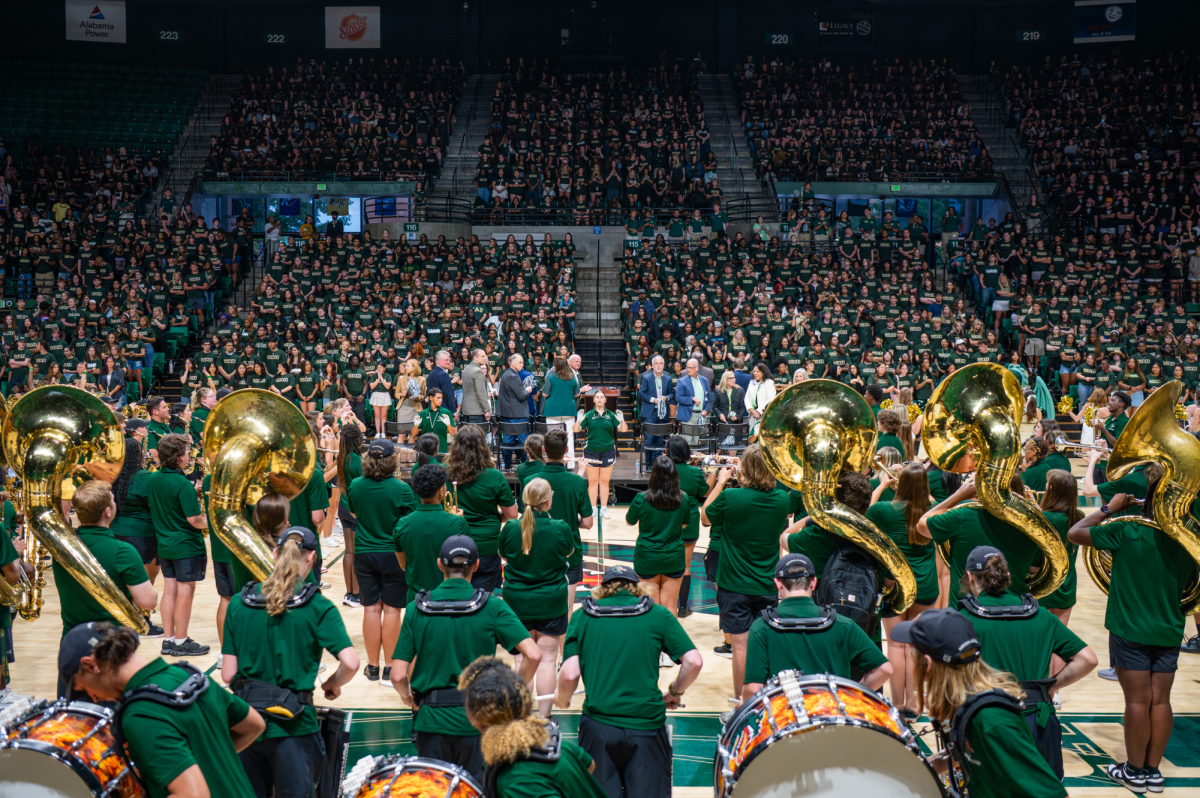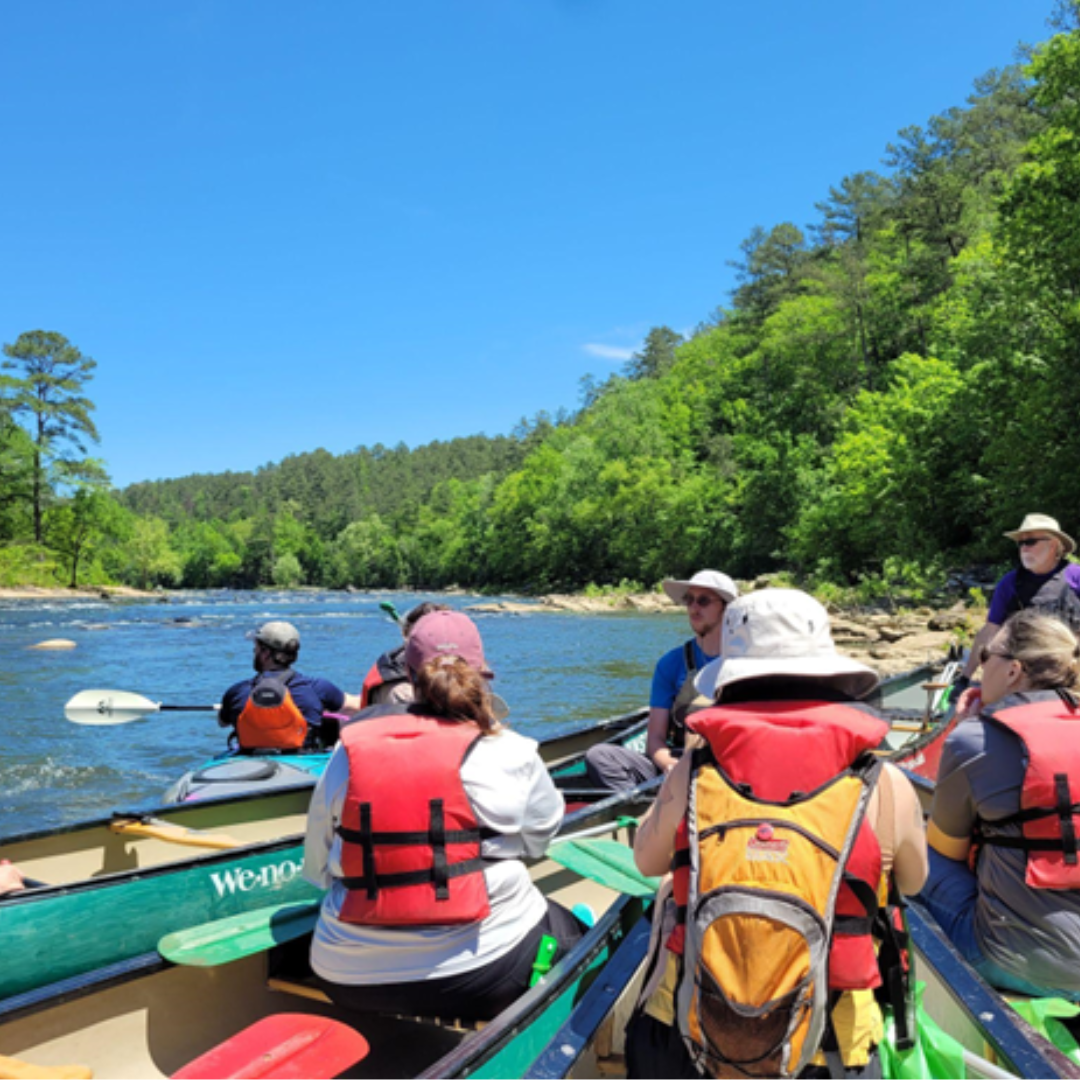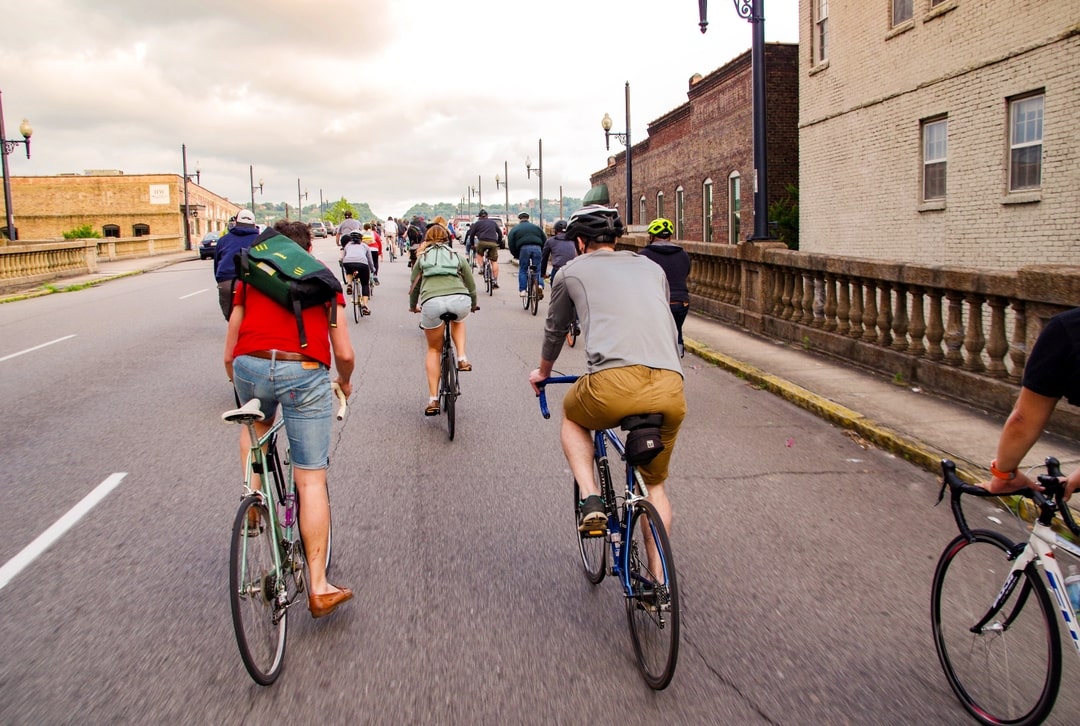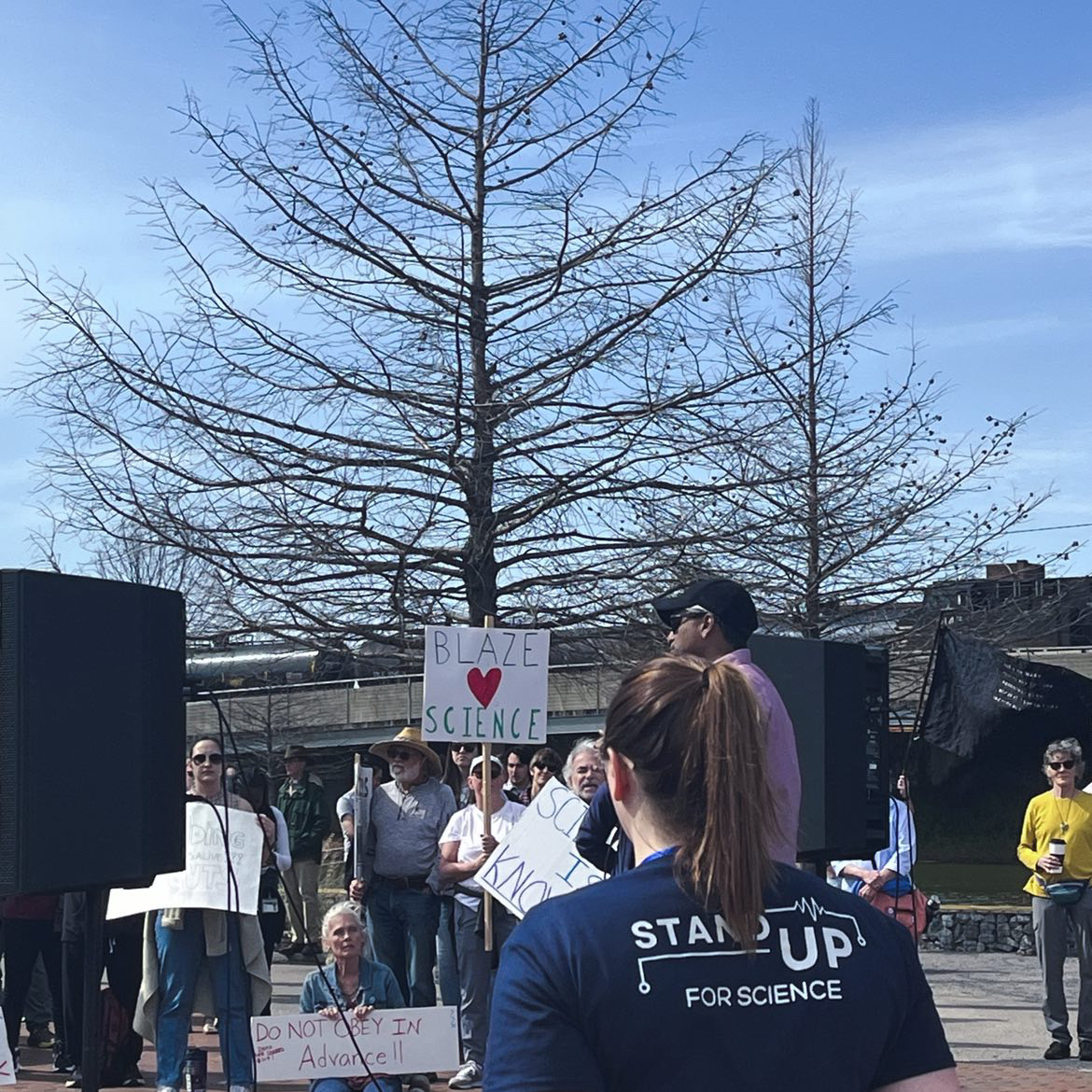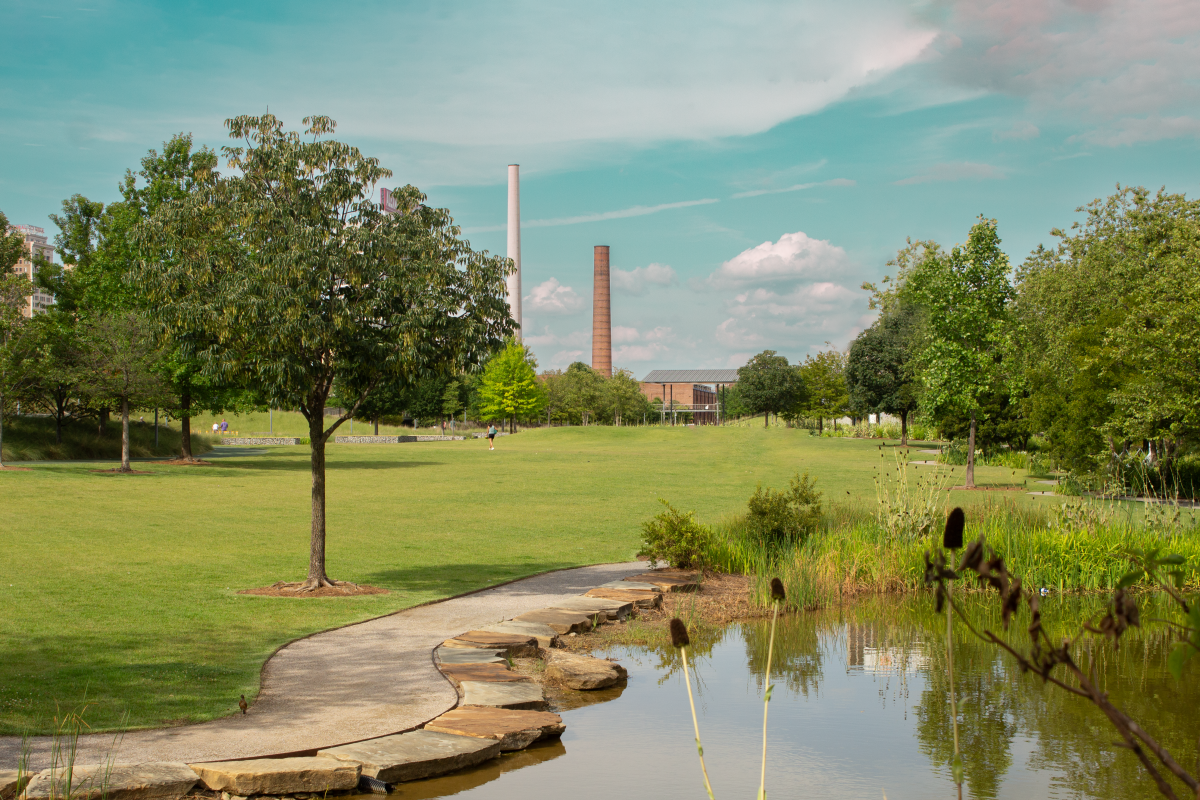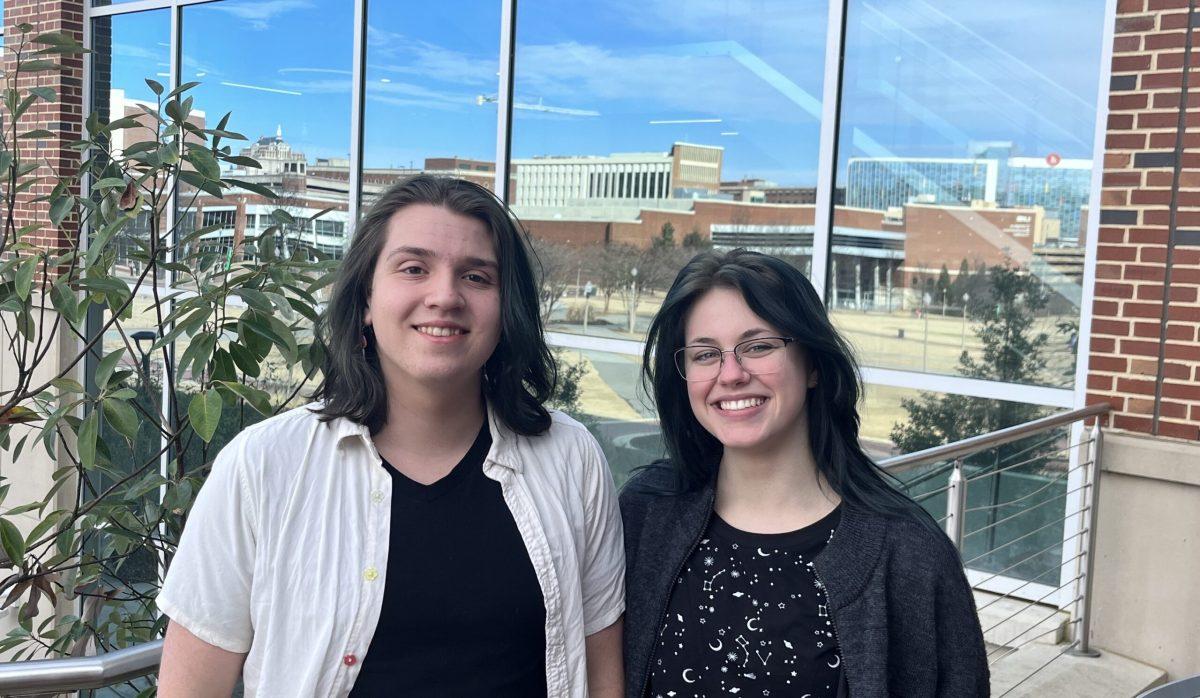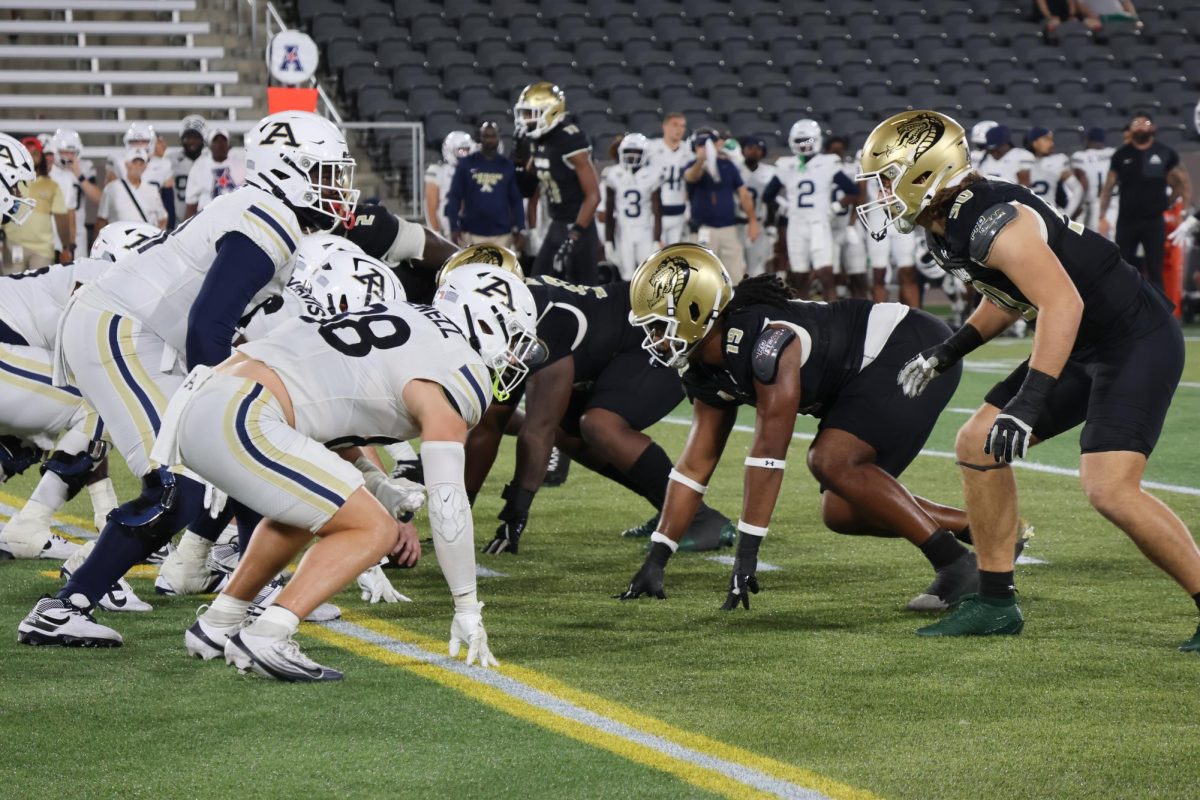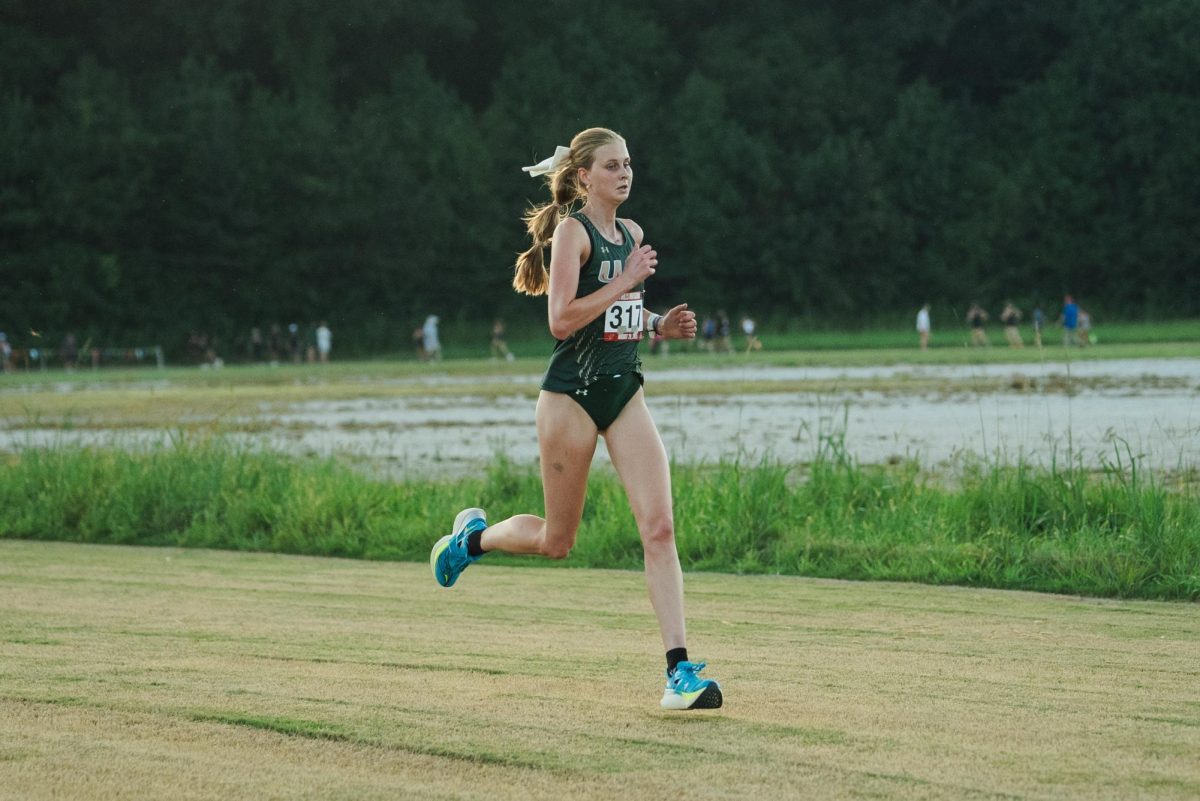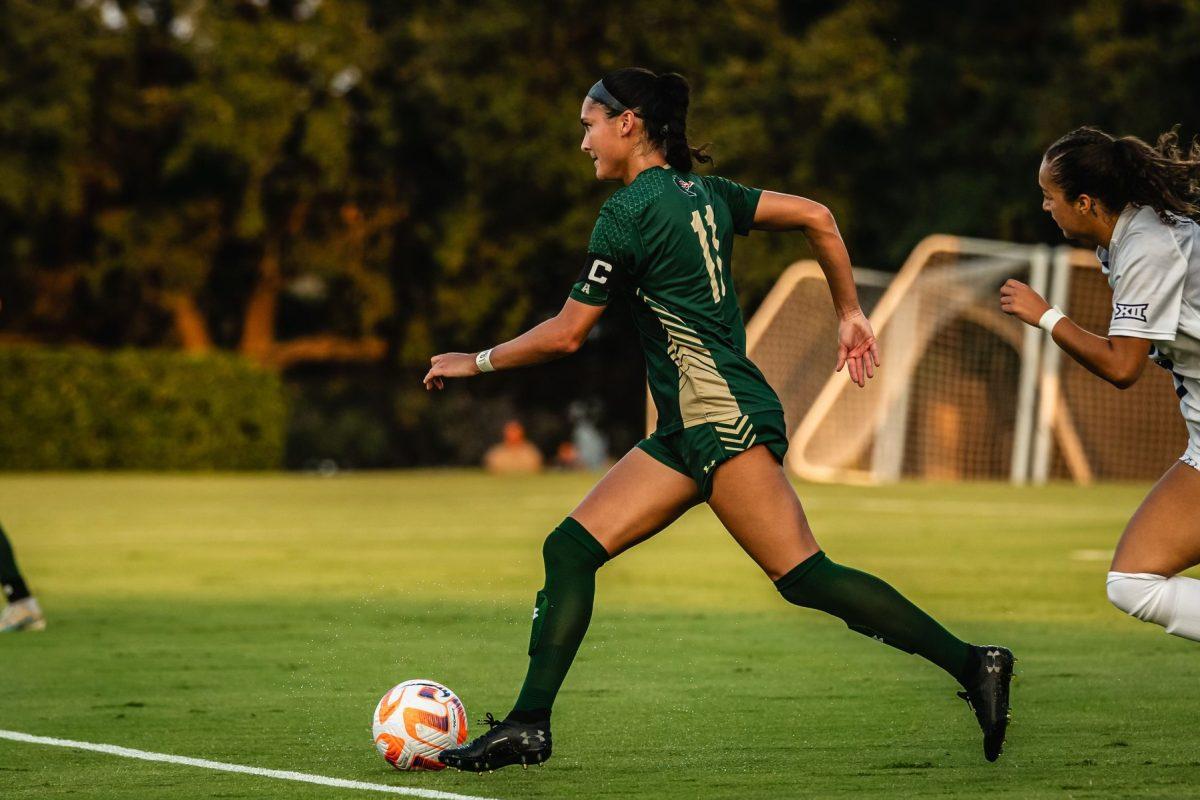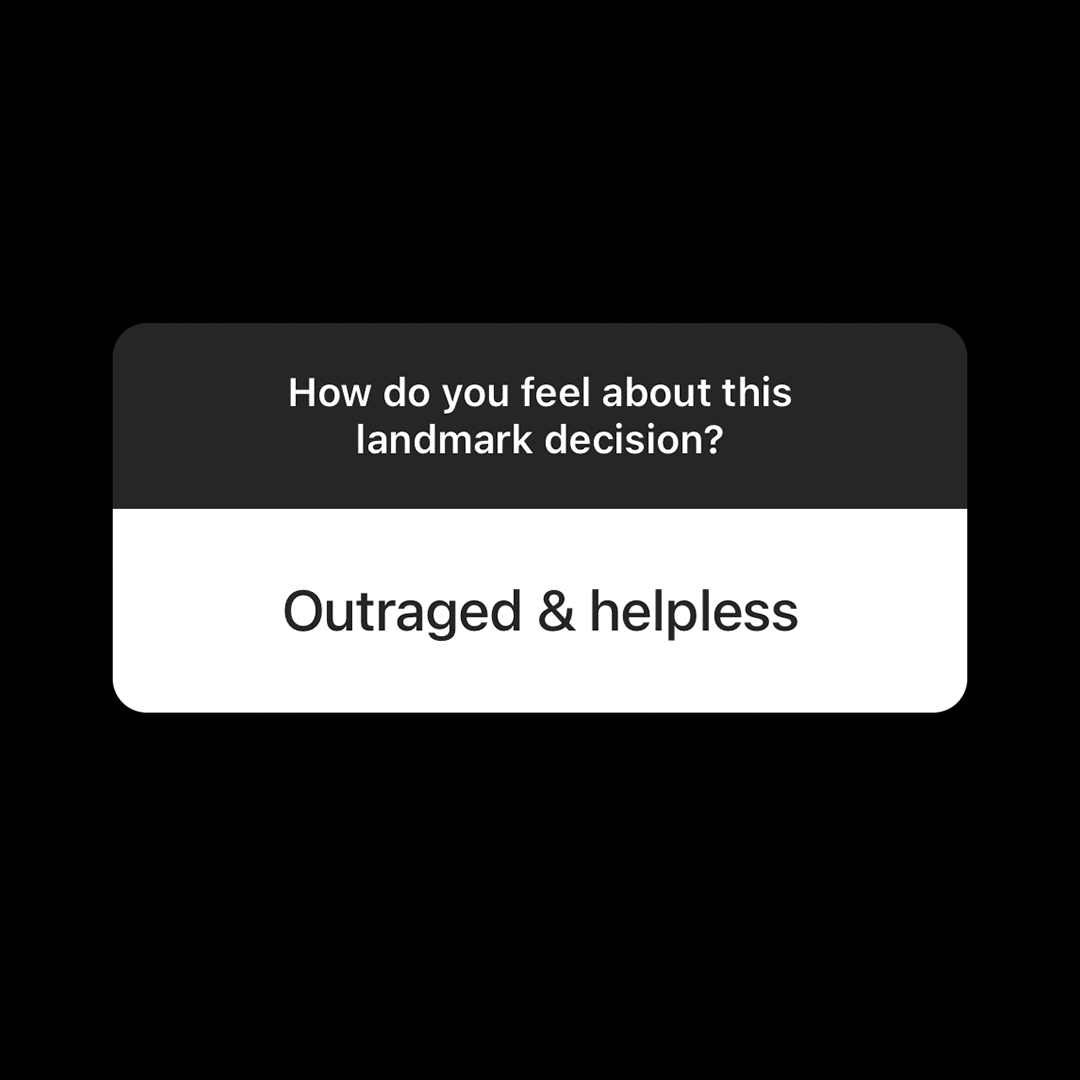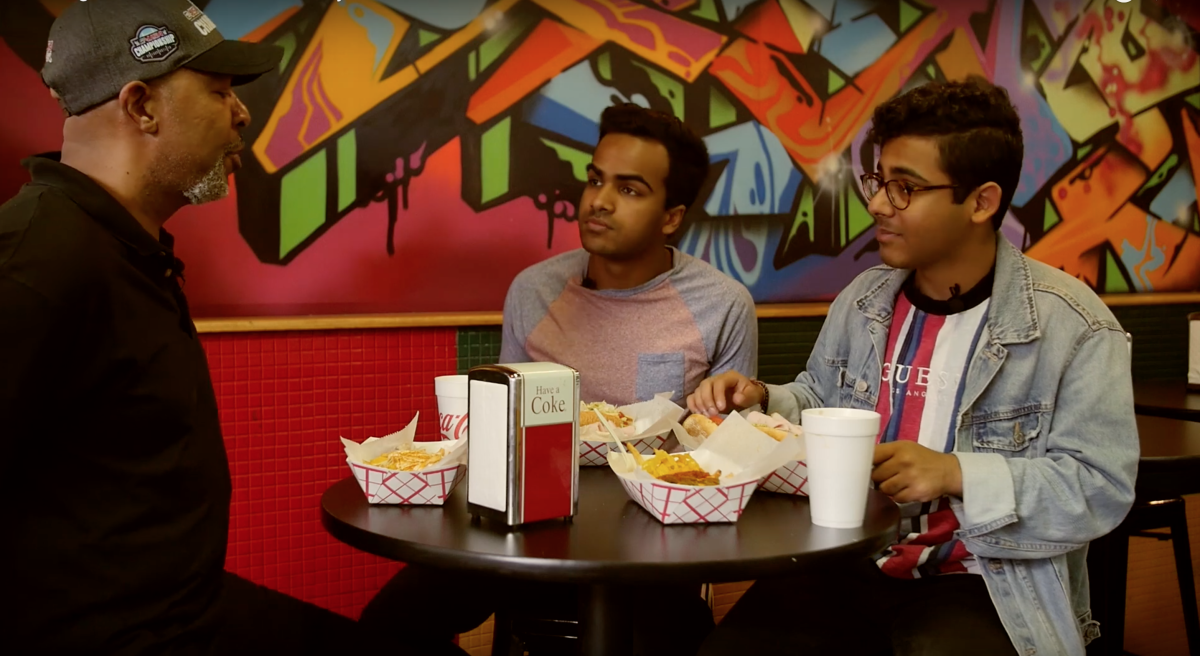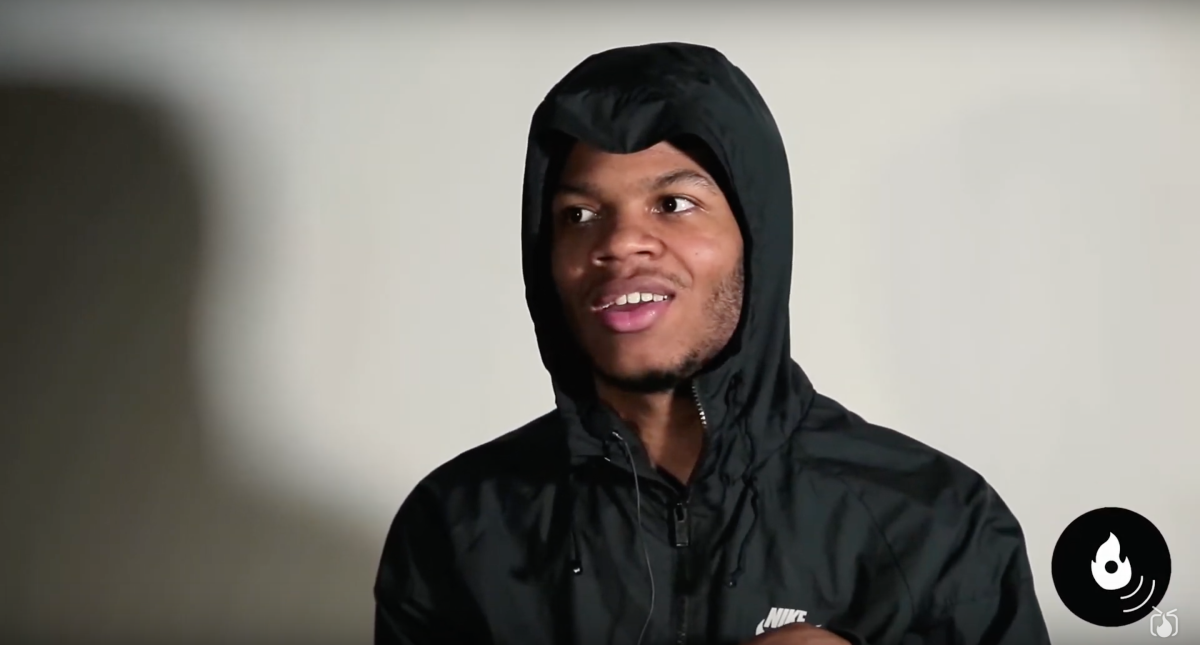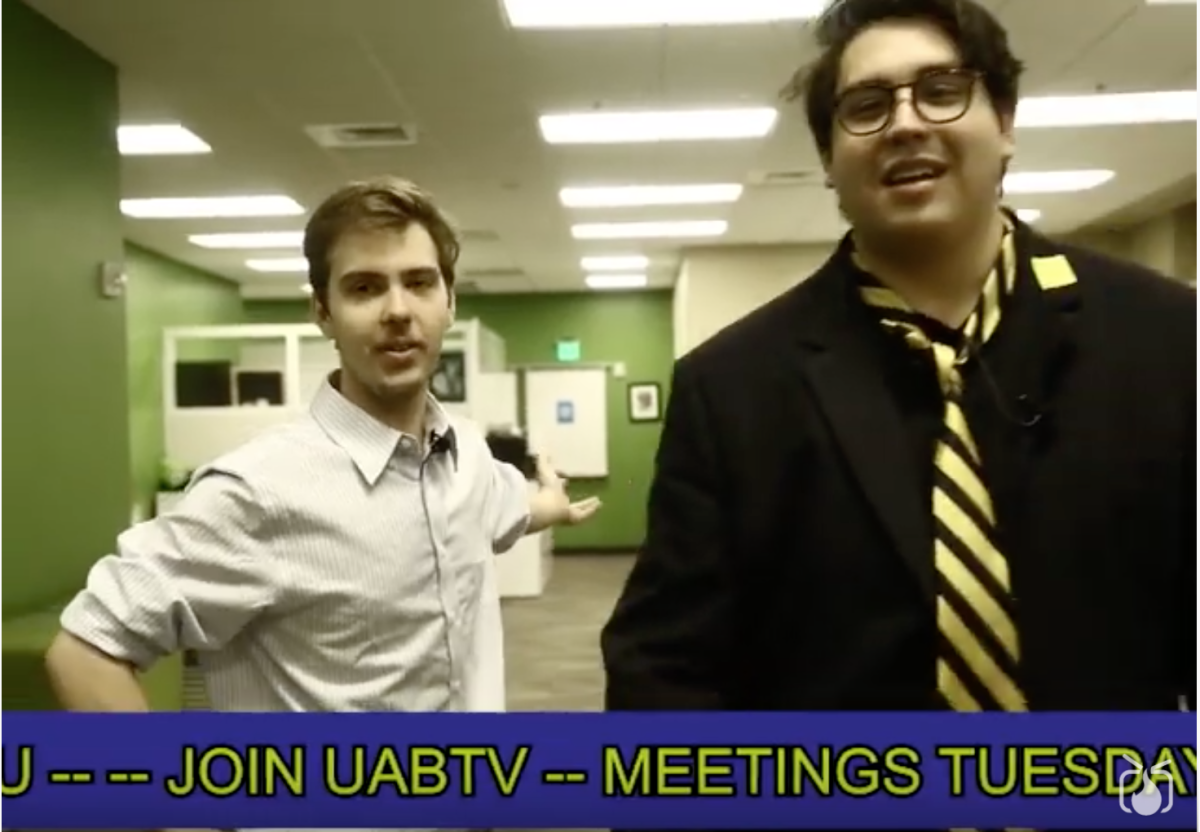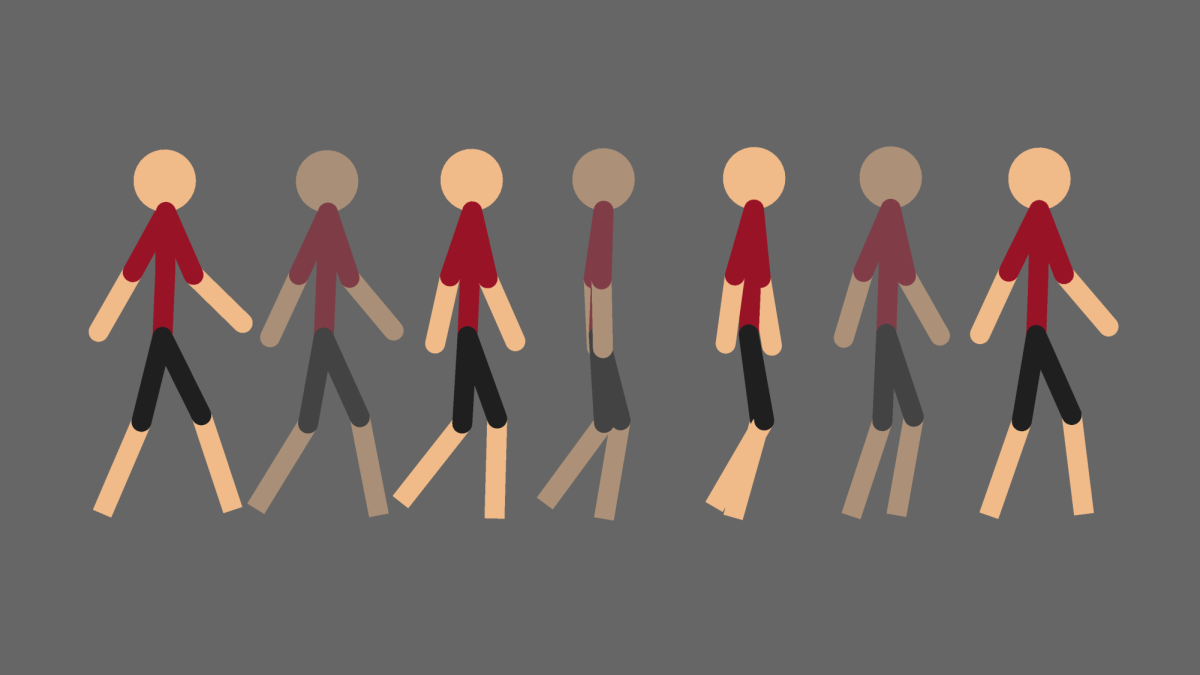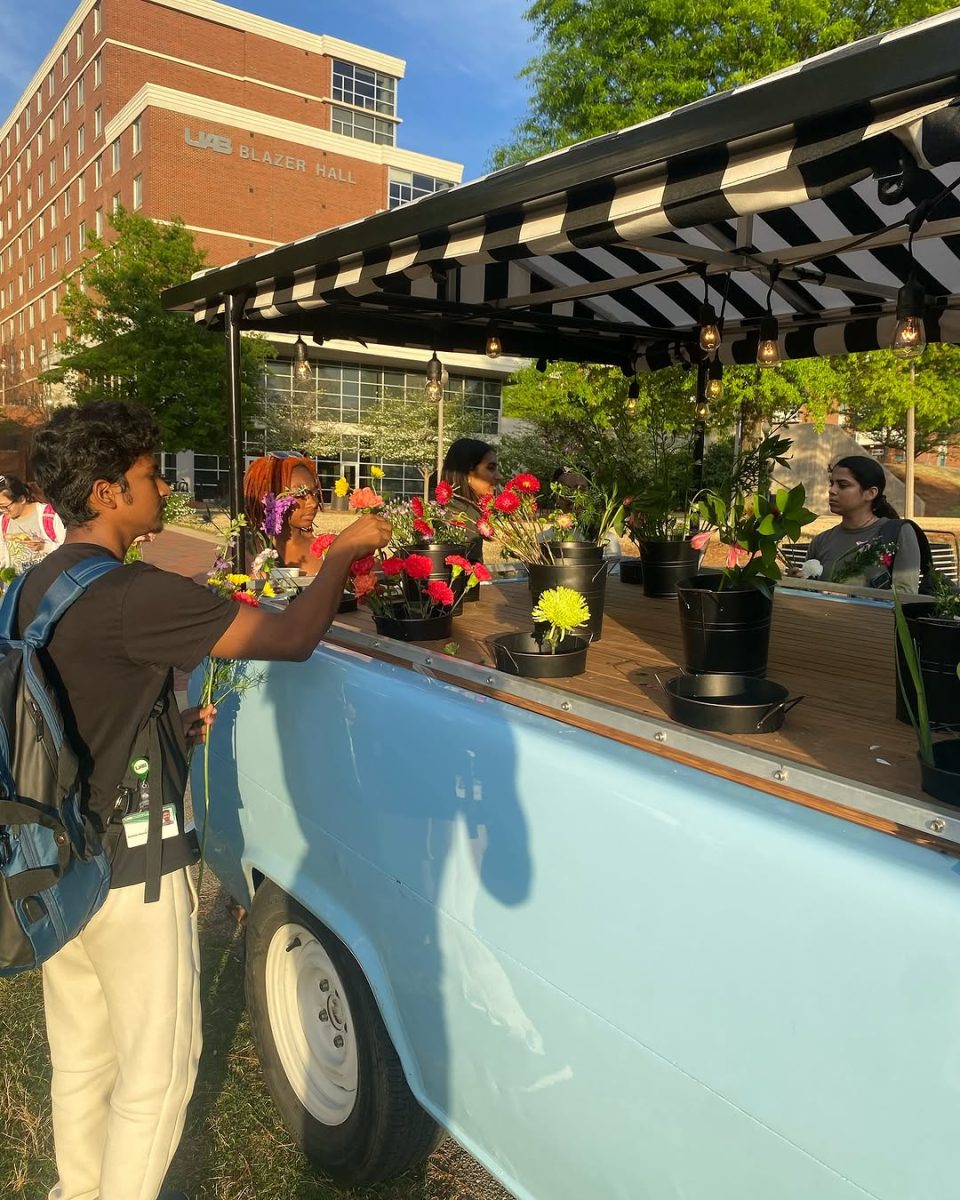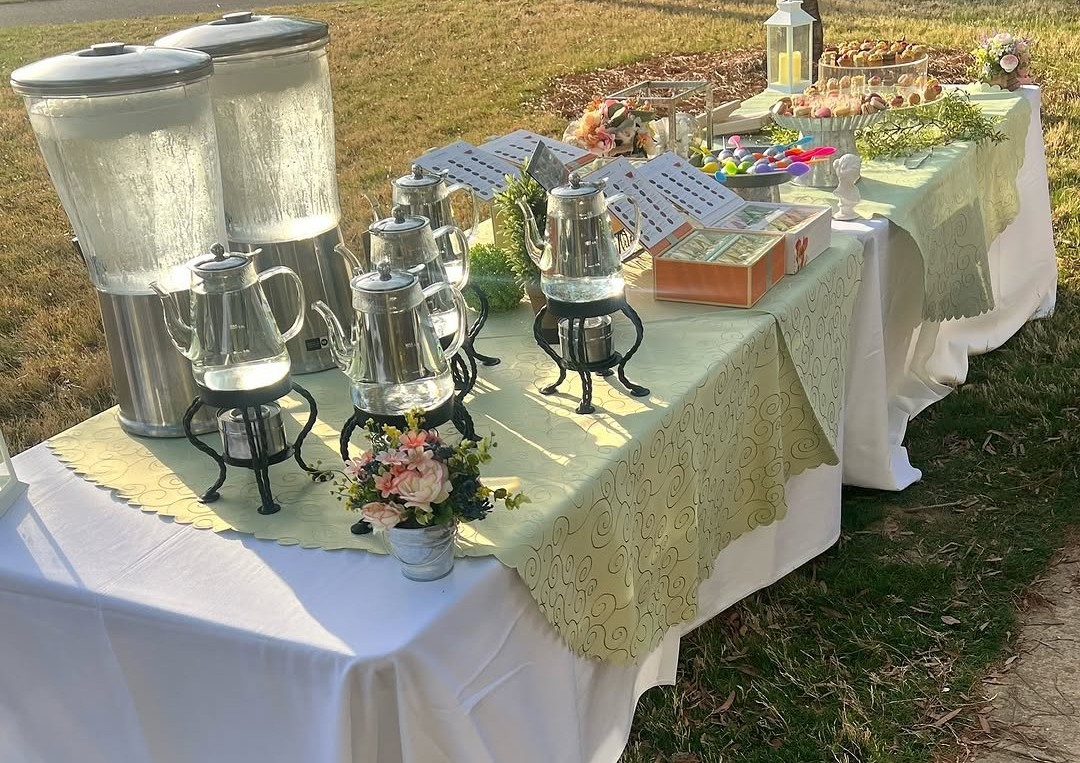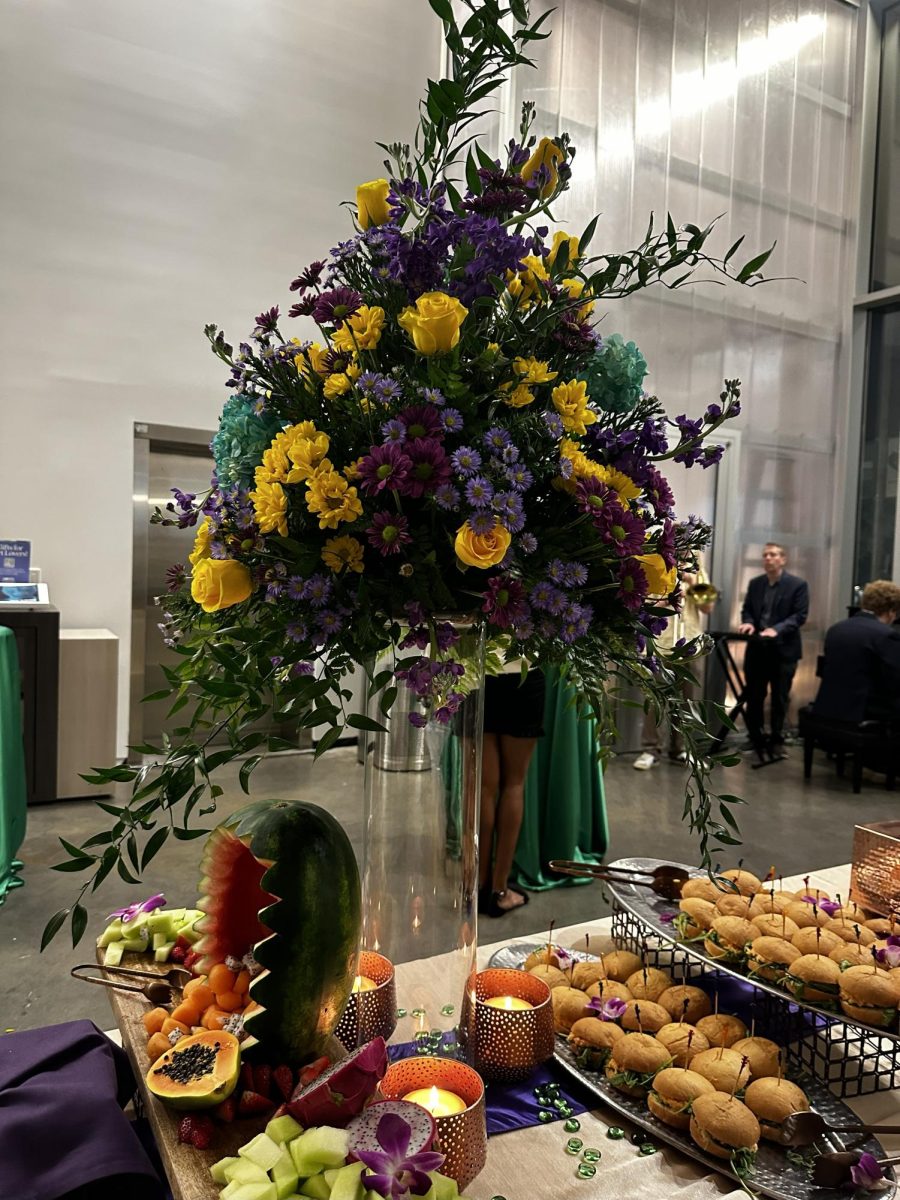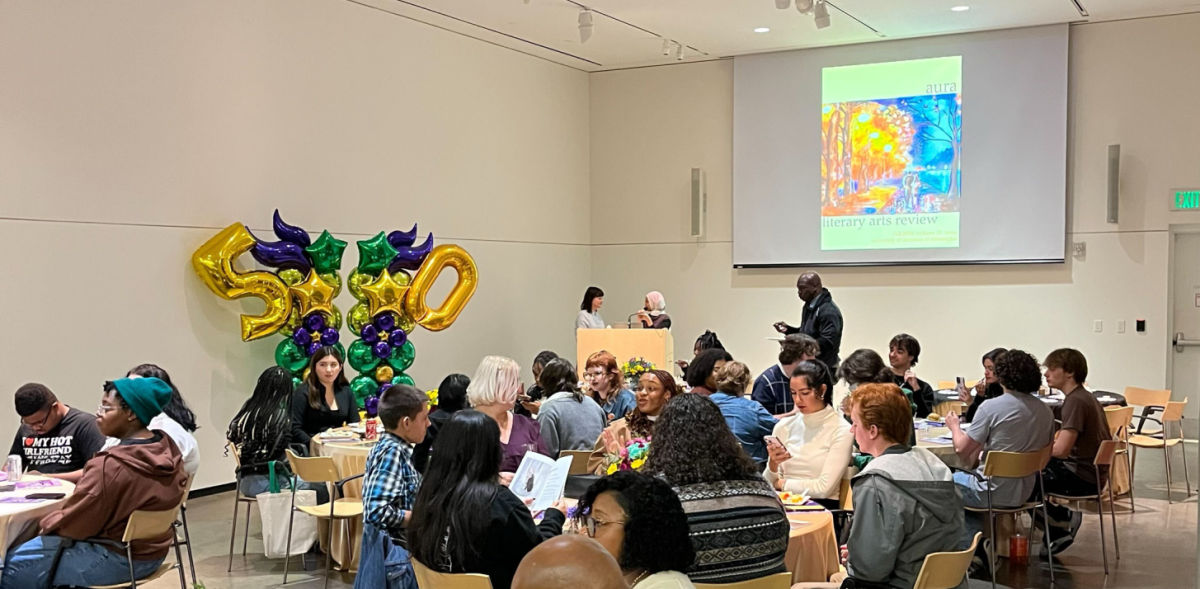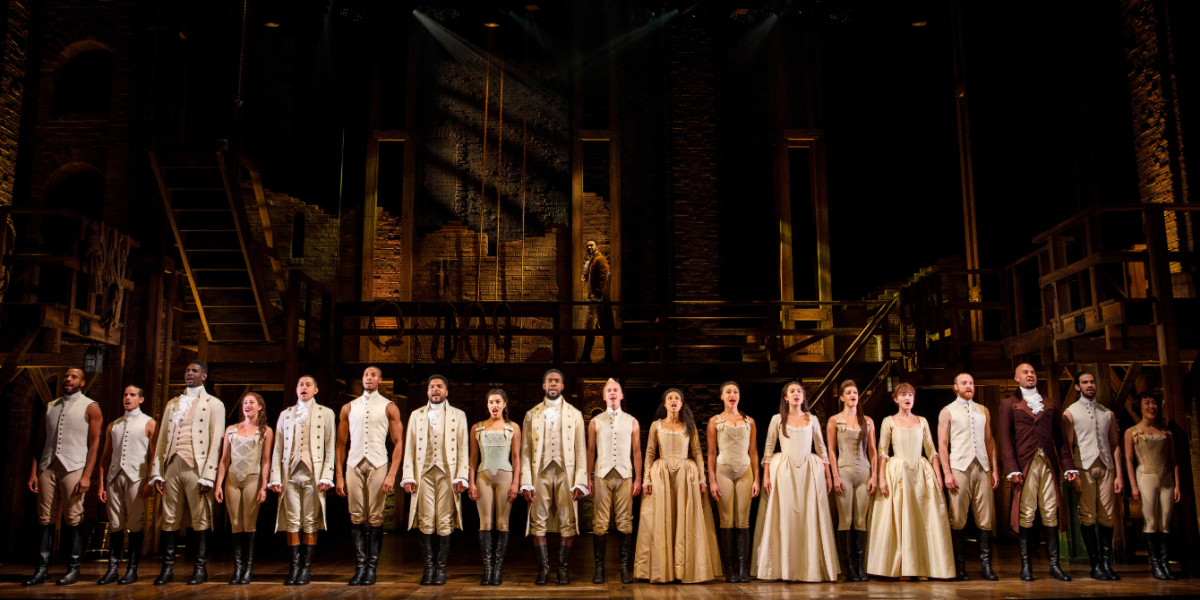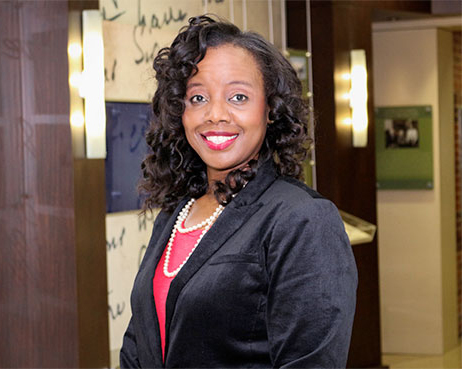
Assistant professor Pamela Bowen, Ph.D., is the spearhead of the study. (Photo from UAB News)
Tessa Case – News Editor
[email protected]
A new study led by UAB assistant professor Pamela Bowen, Ph.D., seeks to understand the reason behind the low level of physical activity amongst older African-Americans in hopes of alleviating it.
According to UAB News, the study is funded by the Department of Health and Human Services, National Institute of Health and the National Institute of Minority Health and Health Disparities: Gulf States Collaborative Center for Health Policy Research, which is a collaboration between UAB, the University of Mississippi and Cooper Green Mercy Health Services clinic.
A $330,446 diversity supplement grant will fund the research project, “Promoting Physical Activity among African-Americans through Policy,” for two years. The study will be done in conjunction with the Cooper Green Mercy Health Services clinic and will focus on African-Americans aged 21 years and older as long as they are able to engage in physical activity.
The study will be done in three parts. During the first phase, Bowen and her team will analyze policies and procedures to see if they encourage healthcare providers to discuss physical activity. In the second phase, researchers will examine how extensive these policies or procedures are, and finally, in the third phase, Bowen and her team will evaluate the impact of the policy implementation.
“I think [lower physical activity] is the result of social or cultural conditions — it’s a socioeconomic thing, I think,” Arthi Reddy, senior neuroscience major, said. “Like, if you don’t have access to gyms or are not aware of the benefits of exercise, you are less likely to make healthy choices. Also, there is a fatalistic attitude for those in a lower socioeconomic standing. They just seem to accept their fate and that things will be a certain way and that there is nothing they can do to prevent or solve their health problems.”
Reddy is currently conducting research on prostate cancer, which is biologically more prevalent in African-Americans.
“I have found a similar fatalistic attitude in the screening process of prostate cancer screenings,” Reddy said. “There definitely is a correlation between low socioeconomic status, fatalistic attitudes and health problems in African-Americans.”
Brandon Patton, an African-American and a former member of the Blazer Male Excellence Network peer mentoring program, also reflected on the study and provided his opinion on the causes of low physical activity among African-Americans based on his personal experiences. While he works out regularly, Patton said that many other African-Americans are “unaware of the low amount of activity and increase in the amount of illnesses in the community.”
“African-Americans have learned to survive with what little means are offered to them,” Patton said in reference to the type of high-fat meals that are often referred to as soul food. “These foods have become something African-American regularly intake. This food is a part of our history and something we should be proud about truly, but consistently eating this food is killing us.”
Studies indicate that only one-fourth of all Americans engage in regularly physical activity, and that 55.2 percent of African-American adults are considered inactive. This is coupled with research done by the U.S. Census Bureau in 2011 that indicated that 55 percent of African-Americans live in the South.
“Many African-Americans in the minority area have to work full time to extended hours to provide for their families,” Patton said. “Once home, they are conditioned that they must rest and relax from a full day of work. This is understandable, but exercise is still needed. As a society, also, American is failing the minority community by putting cheap and unhealthy foods in these areas.”
Patton added that many believe it costs more to live healthy versus buying a $1 burger, for instance. He also said that it is a myth that an individual has to spend one to two hours a day in the gym, stating that exercise could be as small as stretching before work.
“Waking up and walking the neighborhood could be the exercise and that could possibly take 15 minutes. Continue to stay active,” Patton said. “As a college student I understand that it is hard to make time to be active and go exercise. Staying active does not mean you have to spend two hours in the gym every day. Staying active can easily be running a couple laps a few times a week. Putting down the technology would help also. Learn how to cook. More than anything, increase the possibility of income in the minority area.”

